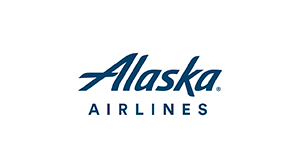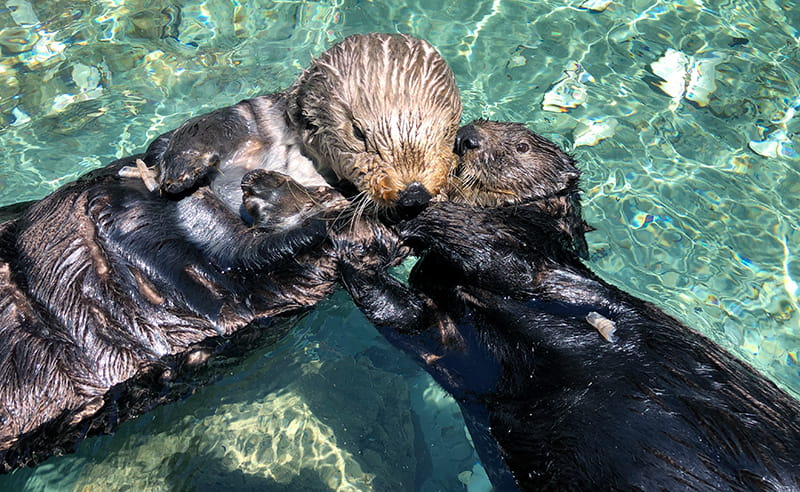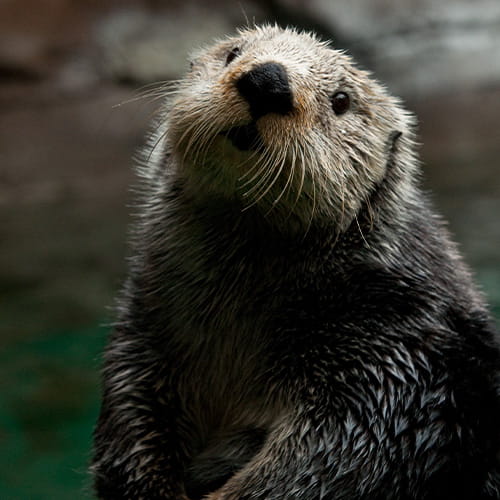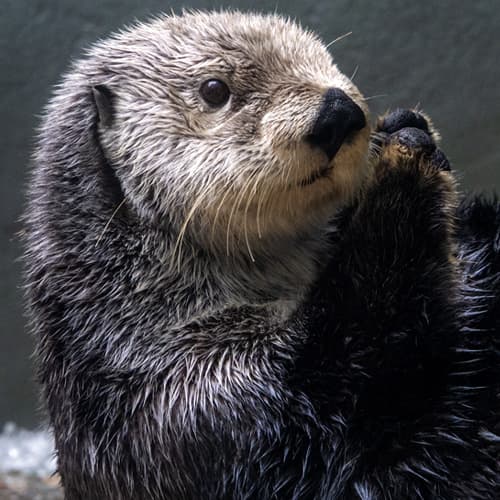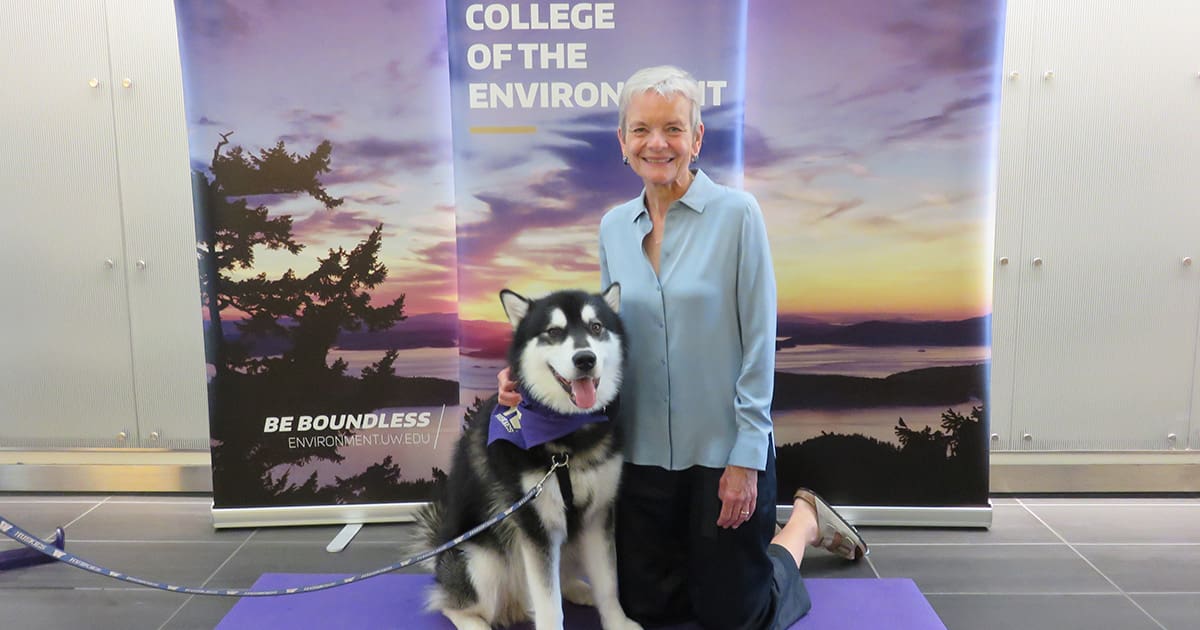
“I deeply feel the urgency because scientifically, I know full well the impacts of the change we’re seeing now and in the future. This is our window of opportunity.”
Lisa Graumlich, Ph.D.
Lisa Graumlich chose a lifetime path first paved by Sylvia Earle. Dr. Graumlich is the Denman Endowed Professor in Sustainable Resource Sciences at the School of Environmental and Forest Sciences and dean emeritus of the College of the Environment at the University of Washington. She’s devoted her career to studying the causes and impacts of climate change, with a special focus on using paleoecological records like tree rings to understand the magnitude of human impacts. She speaks frequently on climate change and has testified on long-term climate variability before the U.S. House of Representatives Select Committee on Energy Independence and Global Warming. She’s president-elect of the 60,000-member American Geophysical Union (as of January 2021) and has served as the inaugural dean of the UW College of the Environment from 2010 to 2021.
We’re honored to recognize Dr. Graumlich with this year’s Seattle Aquarium Sylvia Earle Medal. Although we can’t gather in person for our annual Ocean Conservation Honors event, she kindly took some time to share her thoughts on her life’s work.
Q: What drew you to your career?
A: In the mid-’70s I was a sincere but directionless undergraduate student studying botany. I took a trip deep into the Amazon, traveling by riverboat. We came to a place where massive bulldozers were building the first major roads into the rain forest. I watched as monkeys fled through the remaining canopy, trying to escape. This seemed like a big deal but most people were not aware of what was happening. I had studied tropical ecosystems, and I could recognize that I was seeing a problem. I wanted to learn more. When I returned to school, I approached my professors, eager to understand the human impacts on the Amazon and was told to stick to learning plant physiology and not worry about the bigger picture. I was “good,” finished up my undergraduate degree but was delighted to start a graduate program in a geography department. Not only were the faculty interested in big questions of human impacts on ecosystems—they were excited! The Amazon trip was life changing. At that point I did an about-face. I wanted to focus on environmental issues and I was all in!
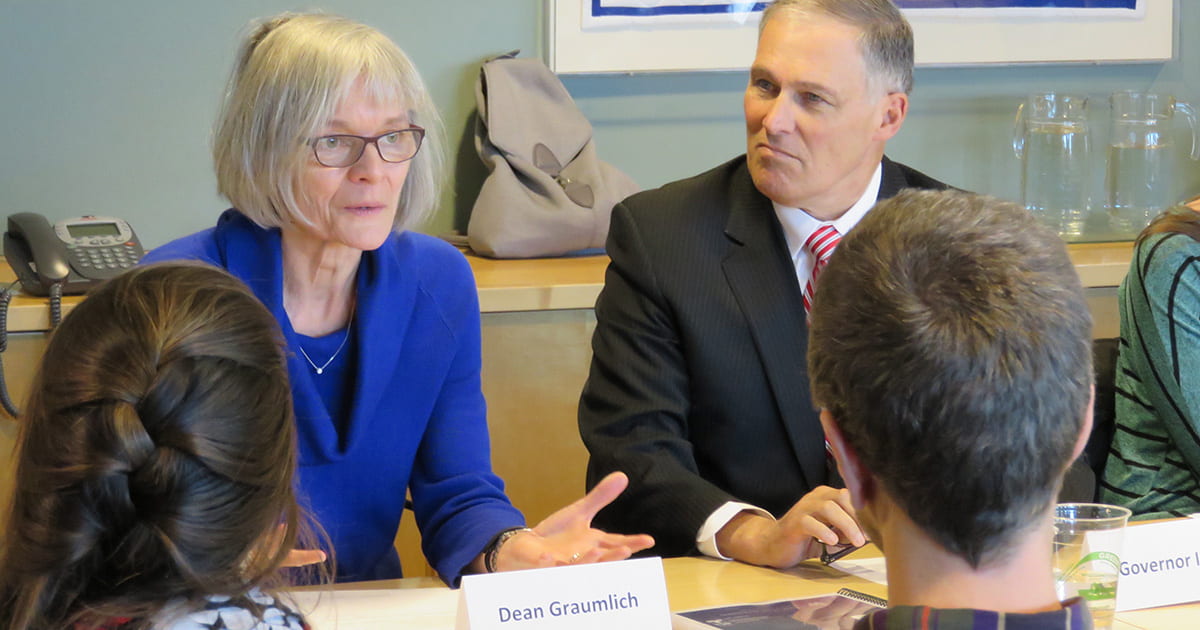
Q: What inspired you to become a tree-ring scientist?
A: A few years after my Amazon trip, the western U.S. experienced the drought of ’77. I wanted to know why it was happening. At the time, climate change wasn’t thought of as an issue; we didn’t know much about it yet. I became focused on the burning question: Was the drought a result of natural variability or climate change? Climate scientists didn’t have the answer. Someone suggested I explore the study of tree rings (dendrochronology) to understand more. And I did.
So there I was with a Ph.D. studying tree rings in the Pacific Northwest and California. But I soon realized this is a global problem that needs a global answer. I felt like a young science diplomat, traveling around the world urging people to share data for the common good of answering these previously unanswerable questions on climate. It wasn’t until the late ’90s, when we were able to fully collaborate as a global community of scientists, that we could agree the massive impact of climate change was caused by people. We now recognize the heavy fingerprint of human activity. And this has captured my imagination.
Q: What kind of legacy do you hope to leave?
A: I want to be a part of a new way of being a scientist, of being a community with one foot in discovery-based science and the other foot in solution-based science—a community where those two things are melded together in a way they never were before. For example, it’s the difference between studying fish biology and understanding the fundamental connection fish have to the fishers in coastal communities who are sustainably managing fish populations. How do we connect―and learn from those communities―so our best science and our best solutions inform each other? It’s inclusive and welcoming to all people. We’re able to partner broadly because we do relevant work and cultivate trust. I especially want to elevate the work of early-career scientists who are seeking this kind of deep and authentic partnership with society.
That’s why I am excited about partnering with the Aquarium. This is exactly what the Aquarium provides, and it’s the core of my vision.
I also want to be a good ancestor. So when my kids talk to their kids, they’ll know I did everything I could to help us change course.
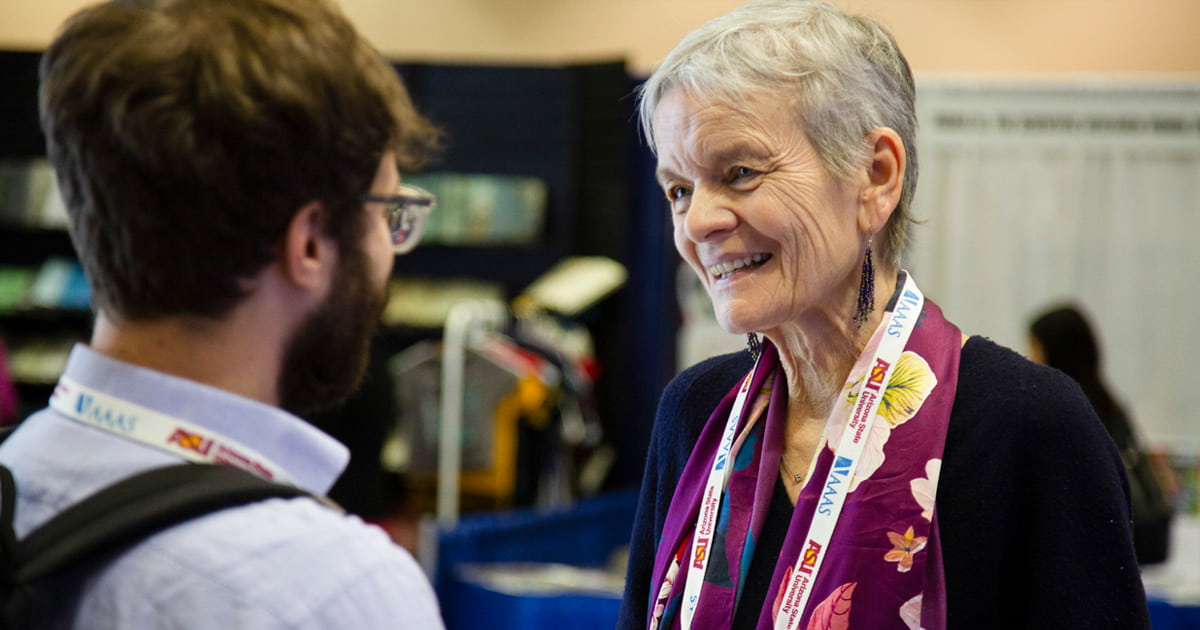
Q: What brings you hope for the future?
A: It’s our youth. They speak truth to power, call it like it is, and they think about everything they do. When you talk to them, you can learn about the impacts of “fast fashion,” consumer consumption, climate change, plastics in our oceans and more. For all of us, Covid lifted the veil of how vulnerable but interconnected we are. We just need to activate a culture of rolling up of sleeves and investing in communities. This is how we change course.
Are you interested in learning more about our annual Ocean Conservation Honors awards? Read our recent blog post—and read about Dr. Zhenyu Tian, this year’s winner of the Conservation Research Award.
THANK YOU TO OUR 2022 CORPORATE PARTNERS

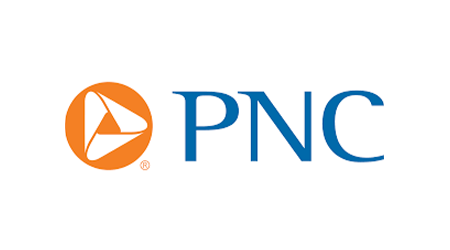

EXCELLENCE PARTNER
